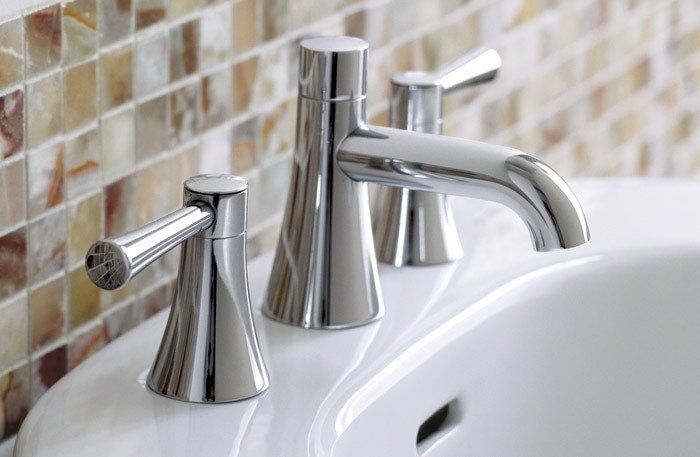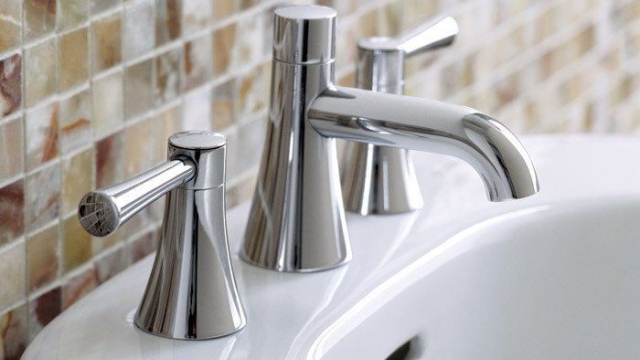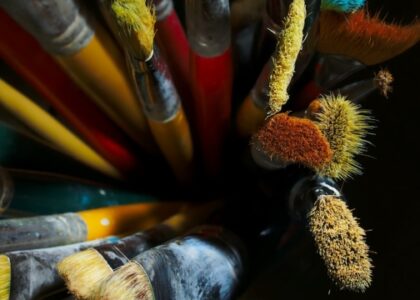Are you tired of dealing with plumbing issues in your home? Leaking pipes, clogged drains, and mysterious noises can all create unnecessary stress and disrupt the smooth flow of your daily routine. But fear not, because we’ve got you covered! In this comprehensive guide, we will walk you through the common plumbing problems that homeowners face and provide you with valuable tips and tricks to troubleshoot them effectively. So roll up your sleeves, grab a wrench, and let’s dive into the world of plumbing problem-solving! Whether you’re a seasoned DIY enthusiast or just starting out, this guide will equip you with the knowledge and skills to tackle plumbing issues head-on. By following our advice, you’ll be able to restore functionality to your plumbing system and enjoy a stress-free, smooth-flowing home in no time. Get ready to become your own plumber and wave goodbye to the frustration of plumbing problems!
Identifying Common Plumbing Problems
Plumbing issues can be a major inconvenience in any home. Being able to recognize common problems early on can save you time, money, and a lot of frustration. Here are some key signs to look out for that indicate you may have a plumbing problem:
-
Leaky Faucets: A dripping faucet may seem like a minor annoyance, but it can actually waste a significant amount of water and increase your utility bills. If you notice water constantly trickling from a faucet, it’s important to take action and fix the issue promptly.
-
Low Water Pressure: If your showers feel more like drizzles or your sinks take forever to fill up, you likely have low water pressure. This can be caused by several factors, such as clogged pipes, sediment buildup, or problems with the municipal water supply. Addressing low water pressure promptly can help prevent further complications.
-
Slow or Clogged Drains: When water takes longer than usual to drain or you experience frequent clogs, it’s a sign that there may be a blockage in your plumbing system. This blockage can be caused by a variety of things, including hair, soap scum, food particles, or tree roots invading your pipes. Properly clearing the blockage can ensure that your drains are functioning optimally.
Being able to identify these common plumbing problems is the first step towards a smoothly flowing home. Keep an eye out for these warning signs and address them as soon as possible to prevent further damage and inconvenience. Remember, knowing when to seek professional help is essential for complicated plumbing issues.
Simple DIY Fixes for Plumbing Issues
Whether you’re facing a minor plumbing problem or just want to save some money, there are several simple fixes you can try before calling a professional plumber. With a little bit of know-how and the right tools, you may be able to tackle these common plumbing issues on your own.

Clogged Drains: One of the most common plumbing annoyances is a clogged drain. To unclog it, you can start by using a plunger. Simply place the plunger over the drain, ensuring a tight seal, and firmly push and pull to create suction. This may help dislodge any debris causing the blockage. If the plunger doesn’t do the trick, you can try using a plumbing snake. Insert it into the drain and twist it gradually to break up the clog.
Leaking Faucets: A dripping faucet not only wastes water but can also be quite irritating. Fortunately, fixing a leaking faucet is often a straightforward DIY task. Begin by turning off the water supply to the affected faucet. Then, using a wrench, remove the handle and any decorative caps. Next, unscrew the valve stem and inspect the O-ring and washer for any signs of damage. If necessary, replace these components, reassemble the faucet, and turn the water back on to check for leaks.
Running Toilet: A running toilet can waste a substantial amount of water over time. To fix this issue, start by removing the toilet tank lid and inspecting the flapper. If it appears to be damaged or worn, it may not be creating a proper seal. In this case, you can easily replace the flapper by disconnecting it from the flush valve chain, removing it, and attaching a new one. Additionally, check the float and adjust it if necessary to ensure the proper water level in the tank.
By attempting these simple DIY fixes for common plumbing issues, you may be able to resolve minor problems without the need for professional assistance. However, if you are unsure or the issue persists, it’s always wise to seek the help of a qualified plumber to prevent further damage. Remember, taking prompt action can help maintain a smooth-flowing home and prevent potential headaches down the line.
Knowing When to Call a Professional
Sometimes, despite our best efforts, there are plumbing issues that require the expertise of a professional. While it is always handy to have some basic knowledge of plumbing troubleshooting, certain situations may be too complicated or dangerous to tackle on your own. Here are a few signs that indicate it’s time to call in a professional plumber:
-
Persistent leaks: If you’ve attempted to fix a leak multiple times and it keeps coming back, it’s best to leave it to the experts. A persistent leak could be a sign of a more serious underlying issue that needs professional attention.
-
Blocked or slow drains: While minor clogs can often be resolved with a plunger or drain cleaner, persistent or stubborn blockages may require the expertise of a professional. They have the necessary tools to effectively remove blockages without causing further damage to your pipes.
-
Sewage backup: A sewage backup is a major plumbing issue that should never be ignored. It can pose serious health risks and often indicates a problem with your main sewer line. Calling a professional plumber immediately is crucial to prevent further damage and ensure your home is safe and sanitary.
Remember, knowing when to call a professional is just as important as knowing how to troubleshoot minor plumbing issues. While it’s great to have some DIY skills, certain problems are best left to the experts to ensure they are resolved correctly and efficiently.






